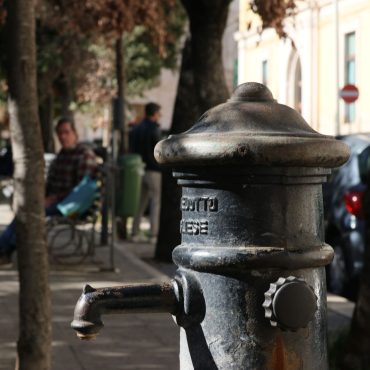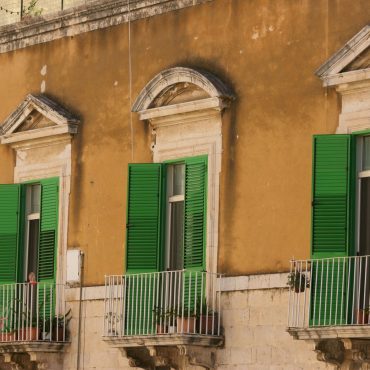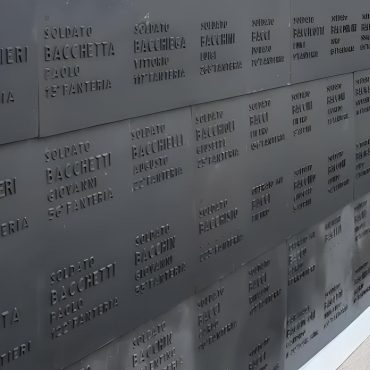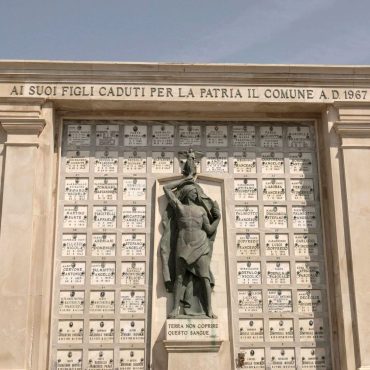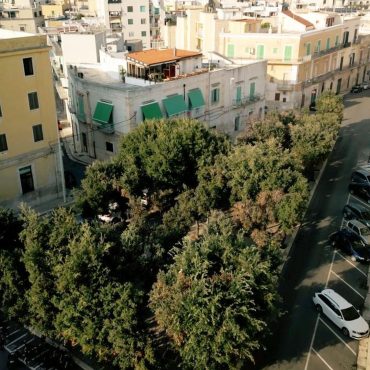
Piazza delle Rimembranze
(20th century)
The aftermath of the Great War was felt through the alleyways and stone houses long after the cannons ceased firing. On 24th May, Italy entered the war and many young men of Giovinazzo left their families, friends and peaceful lives to face the uncertainty and horror of the trenches. More than one hundred young men never returned. Their names were lost in the bloody fields of the front, their bodies lost in the cold damp ground. Their families waited, hoping for a miracle that would never come.
After the end of the war, the memory of these young men became a crucial part of the fascist regime’s propaganda. Benito Mussolini came to power in 1922 after the March on Rome and understood the importance of remembering the casualties of war. Stories of soldiers were transformed into epic tales, the heroes of the Great War were glorified as martyrs and monuments were erected all over Italy. One of the most symbolic initiatives of the regime was the creation of “Parchi della Rimembranza” (Parks of Remembrance). Trees were planted in every town and every village in memory of the dead, one for each soldier, with a sign indicating his name. It was a rhetorical yet evocative gesture: those trees would serve as a place in which families could commemorate their loved ones, many of whom had not received a burial.
In 1926, the “Piazza della Rimembranze” was opened between the Calvario and the Istituto San Giuseppe in Giovinazzo. It is a triangle of land planted with trees symbolising sacrifice and rebirth, keeping alive the memory of those killed in the war. Every tree planted represented a life taken but also new hope. The families took care of the trees and told their stories to schoolchildren who learnt to respect them and never forget their names. The memory of the fallen was not just a private grief, but a shared legacy, passed on from generation to generation as a warning and a lesson.

